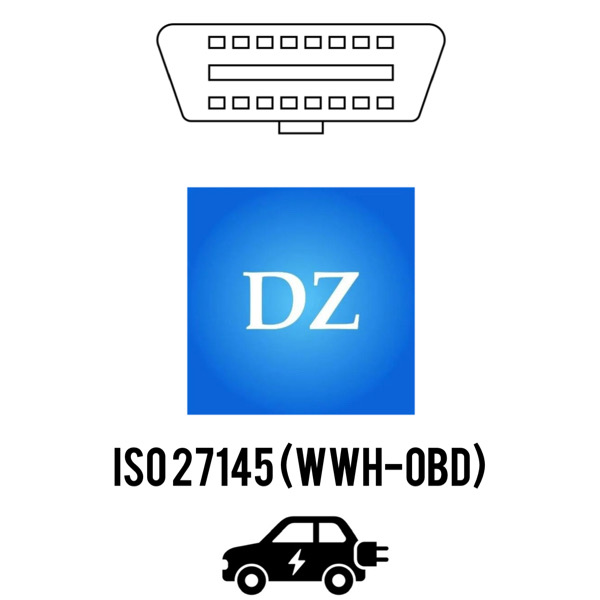ISO 27145 (WWH-OBD): Global Standard for Harmonized OBD Diagnostics

ISO 27145, also known as Worldwide Harmonized OBD (WWH-OBD), is an international standard for unified OBD vehicle diagnostics. The goal of this protocol is to harmonize diagnostic procedures and fault codes globally, allowing vehicle manufacturers and service centers to apply standardized methods for vehicle diagnostics and maintenance.
How ISO 27145 Works
WWH-OBD uses the CAN (Controller Area Network) bus as the communication backbone between ECU modules. The standard defines:
- Globally harmonized Diagnostic Trouble Codes (DTCs)
- Procedures for reading and clearing faults
- Sensor parameters and real-time data
- Standardized diagnostic services
This enables consistent diagnostics regardless of market or vehicle manufacturer, greatly simplifying service and maintenance.
Launch OBD-II adapters that support the protocol:
DBScar V, DBScar VII
ThinkDiag devices that support the protocol:
ThinkDiag 2
Ediag devices that support the protocol:
Ediag Plus, Ediag Elite



Vehicle types and brands supported by the protocol:
Passenger and light commercial vehicles compliant with WW-OBD emission standards, primarily European and Asian manufacturers: Volkswagen, BMW, Mercedes-Benz, Audi, Toyota, Honda, Nissan, Hyundai, Kia, Ford, GM; models from around 2015 onward.
The ISO 27145 protocol enables globally harmonized OBD diagnostics and vehicle emission monitoring.
Advantages of ISO 27145 (WWH-OBD)
- Globally standardized, facilitating vehicle interoperability and servicing
- Supports real-time diagnostics and ECU parameter access
- Allows unified reading and interpretation of DTC codes
- Suitable for emission control and regulatory compliance
- Simplifies service operations on an international scale
Disadvantages and Limitations
- Requires compatible diagnostic tools
- More complex to implement compared to older OBD-II protocols
- Limited to vehicles that support the WWH-OBD standard
- Technicians require training to correctly interpret globally harmonized codes
Applications of ISO 27145
WWH-OBD is used for monitoring vehicle performance, reading and clearing DTC codes, emissions diagnostics, sensor monitoring, and ECU parameterization. The standard ensures consistent and reliable diagnostics across global markets.
Conclusion
ISO 27145 (WWH-OBD) is a key step toward global harmonization of OBD diagnostics. Its application enables standardized diagnostic procedures, simplifies vehicle servicing, and contributes to improved emissions management and vehicle performance worldwide.

